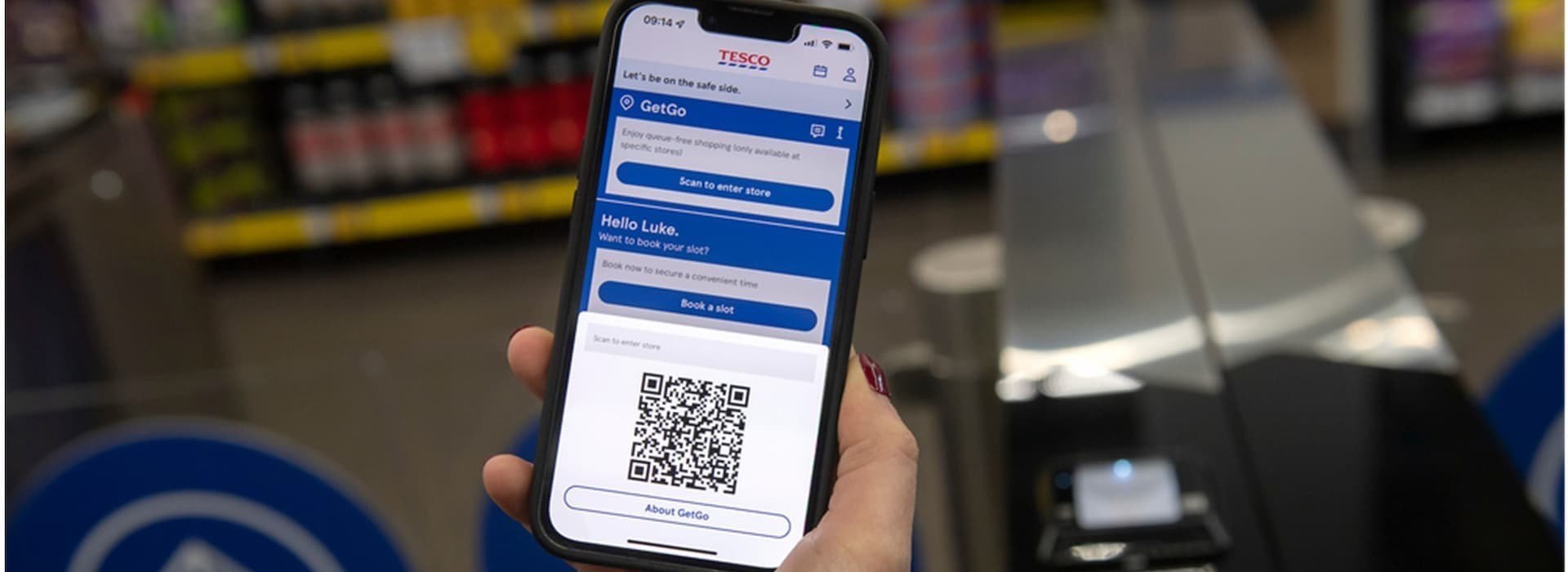Practical steps for UK retailers to take right now
By Dave Rosenberg, Head of Business Development and Private Equity, EMEA, Oracle NetSuite
As UK retail stores continue their phased reopening, questions remain about what the new shopping experience will look like. With many store closures since March, Covid-19 has encouraged a deep introspection on retail’s future.
While experts have predicted that physical shopping may be slow to bounce back, others have identified a window of opportunity for retailers that are able to blend digital experiences with more strategic use of bricks and mortar.
Additional resources:
Cerity - Retail business insurance
With retailers facing difficult questions around their e-commerce offerings and returning to safe shopping experiences, here are the actions retailers can take now.
1. Do a business model assessment
With the strict physical limitations caused by the pandemic, retailers have had to think creatively about their use of retail space.
Supermarkets, food outlets and health stores have all been quick to adopt Click & Collect approaches in order to keep generating sales. Small businesses, including pubs and breweries are also adapting and embracing omnichannel approaches.
When approached correctly, omnichannel can level the retail playing field. Real-time inventory at the store level, order information and ecommerce must be unified, and the Click & Collect process needs to be optimised for clear communications, speed and safety to deliver a positive customer service experience.
In April, e-commerce reached an historical 10-year high, according to the IMRG Capgemini Online Retail Index, growing by 23.8% year-on-year, demonstrating an opportunity for here and now. Getting an e-commerce solution in place doesn’t have to take months – consider solutions that build in best practices and can connect data across all sales channels.
2. Assess health, safety and legal conditions for reopening
Despite an easing of lockdown measures, and shops having the option to reopen, consumers may remain uneasy about visiting crowded places.
UK supermarkets have been praised for their quick response to implementing in-store safety measures, and non-essential retailers must follow suit to allay employee and consumer fears.
Measures may include providing personal protective equipment to employees, installing plastic shields at the till, limiting customer capacity in-store and regulating the direction of foot traffic through the aisles.
It may also make sense to operate on limited store hours during early phases to allow for regular cleaning. Retailers must ensure they are continuously up-to-date on evolving safety guidelines.
3. Take measures to improve financial health
Assessing your cash flow and the operating costs associated with reopening physical locations is crucial. Staggering return to work dates and splitting shifts will also likely benefit many retailers from a cash flow perspective while ensuring employee safety.
For retailers with shops or warehouses spanning multiple locations, real-time visibility into inventory is critical in order to reallocate stock. This will help to prevent the additional costs that come with holding excess goods, which can further harm cash flow. The right solution will help balance holding enough inventory and having a depleted supply chain.
4. Emphasise customer retention and acquisition
Focusing on digital channels to maintain strong customer relationships was already important pre-pandemic and will be an even more important factor now.
Staying true to brand values and delivering a compelling experience at all stages of the buying cycle will be the key to securing customer loyalty and profitability. Your message shouldn’t be solely focused on converting a sale, but should convey your company’s mission and provide value to attract new potential customers and stay top-of-mind in between purchases.
The CEO of PetShop.co.uk credits CRM technology for streamlining their customer communications, freeing up enough time for him to personally write email correspondence, while the company grew sales by 300% during lockdown.
5. Evaluate pricing
In most retail categories, the forecast for spending is it will remain at lower levels in the short to medium term. To generate interest, many retailers will consider discounting in line with Black Friday or Cyber Monday prices to keep sales coming in.
But rather than simply cutting prices, consider bundling value-adds to increase loyalty while protecting margins and customer lifetime value. If you’ve established your brand’s values, your customers will be more likely to remain loyal and purchase when they’re able.
Ross Davies, the founder of Koin Club, found that the collectible nature of their Disney and Marvel products it sells lent itself perfectly to either repeat purchase or subscription-based sales.
The subscription model is gaining traction for many retailers – from pet food, to socks, to shaving products. Consider how your product could work as a recurring purchase, in order to deliver regular recurring revenue.
The retail industry will need to be more agile and prepared than ever as operations resume and consumer priorities evolve. Efficiently blending online and offline experiences, guaranteeing bricks and mortar safety, while keeping consumer experiences fresh, will be the key to success in the new normal.










